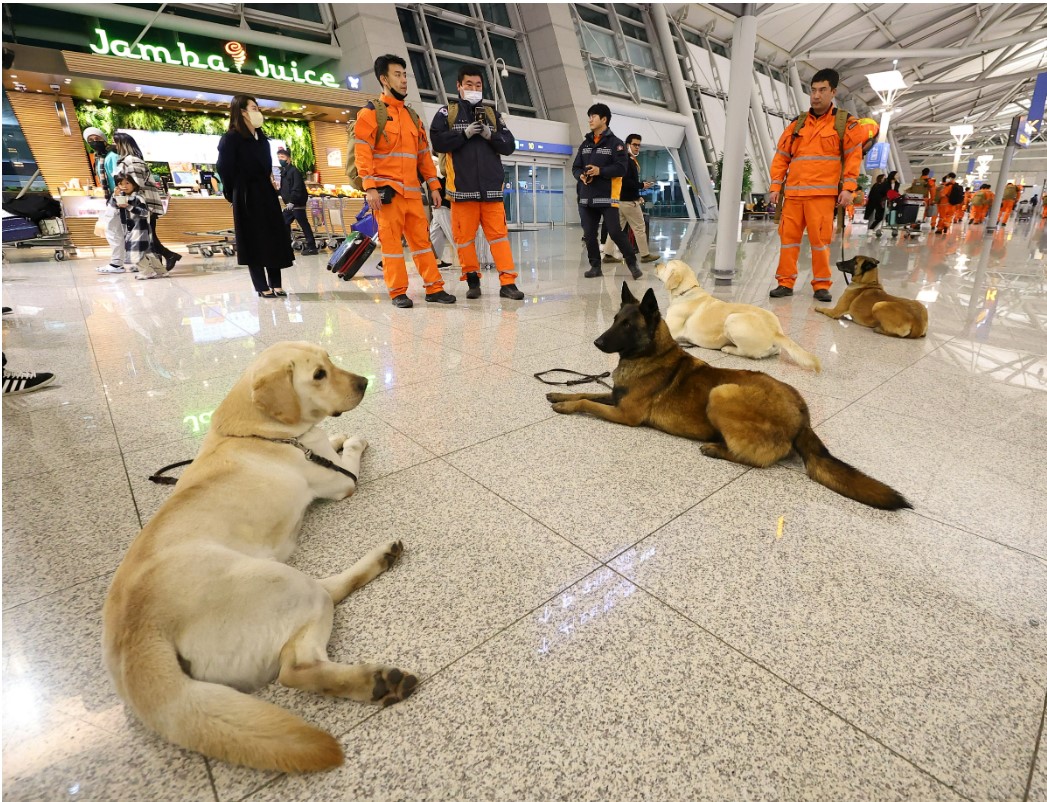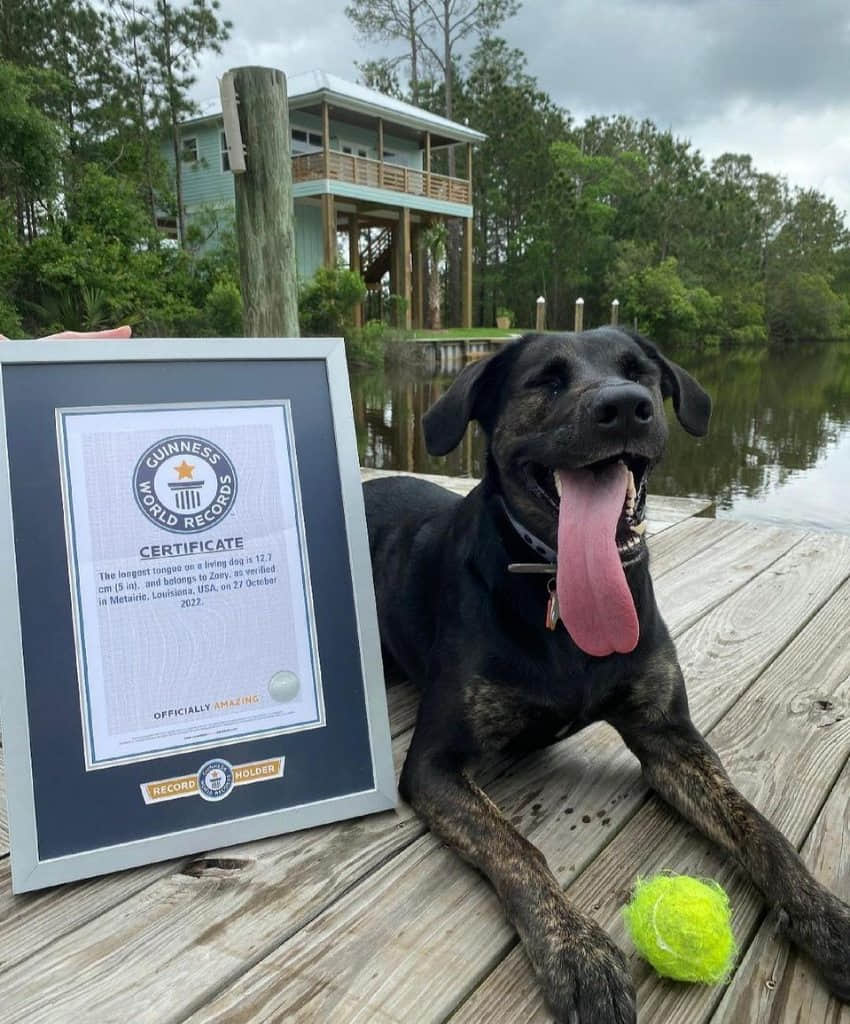In Turkey, an injured and weak dog sat in the rubble, waiting for her human to emerge from the wreckage after the massive 7.8 magnitude earthquake.
The dog survived the earthquake but was injured and weak. The poor pup laid in the rubble by the building waiting for her human to come out. Locals have kept her company and even tried to move her once but she came right back to the building to wait to see her human.
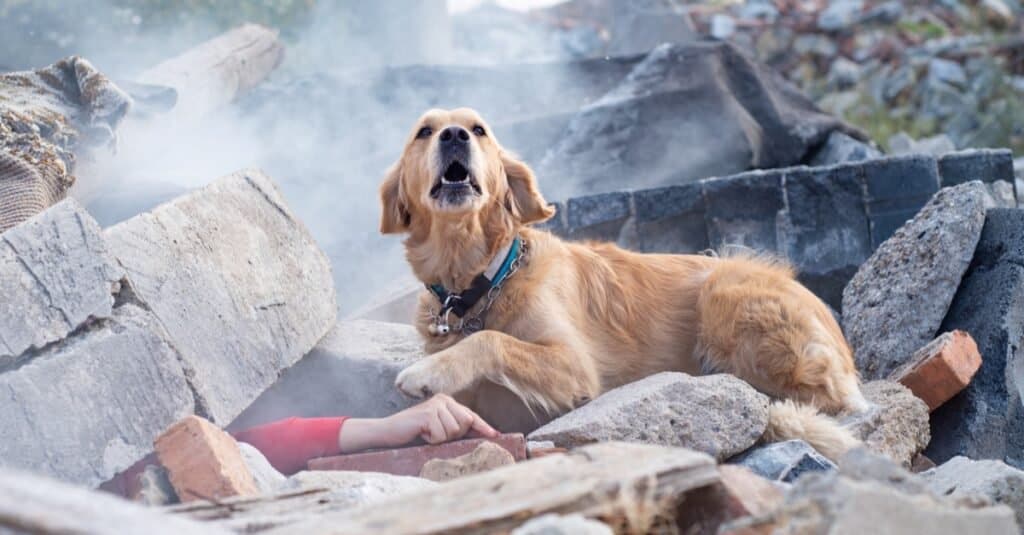
“She (the owner) is still under the rubble here in this building. She hasn’t been rescued yet, and the dog is waiting for her,” Mustafa Sonmez, who knows the dog’s owner, told Reuters. “The dog came out alive the other day and has been waiting for her owner since then.”
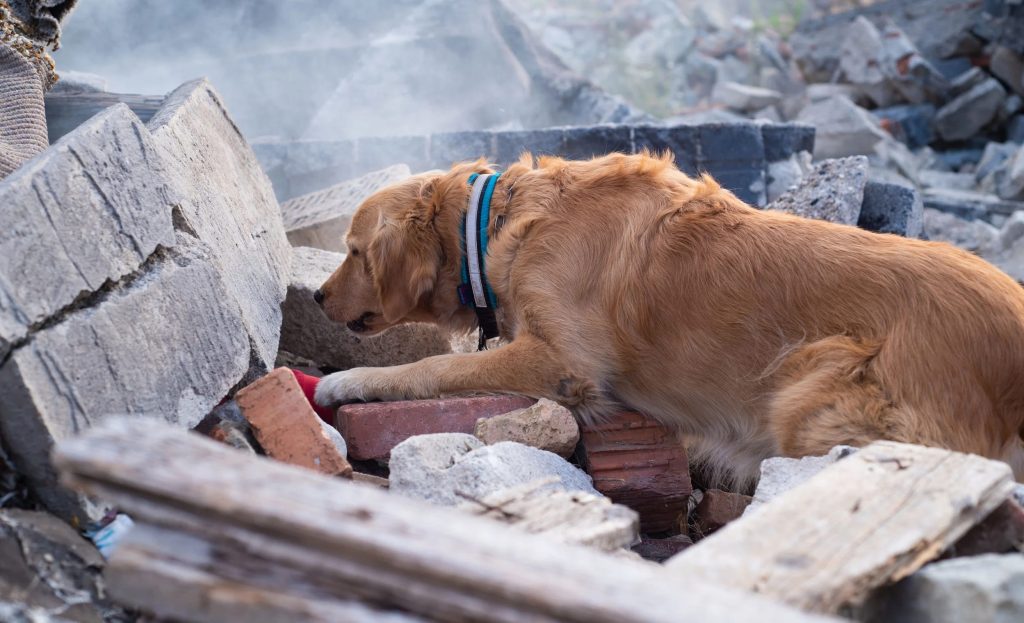
“When the rescuers start using the tractor, she starts barking. Is there anything else to do? We are all waiting here, the dog is also waiting. There is nothing we can do except praying to God. We hope the owner will be rescued alive,” Sonmez said.
The battle in recent days in the rubble of areas of Turkey and Syria devastated by the earthquake has been uneven. The death toll has exceeded 15,000 in both countries and time is “running out”.
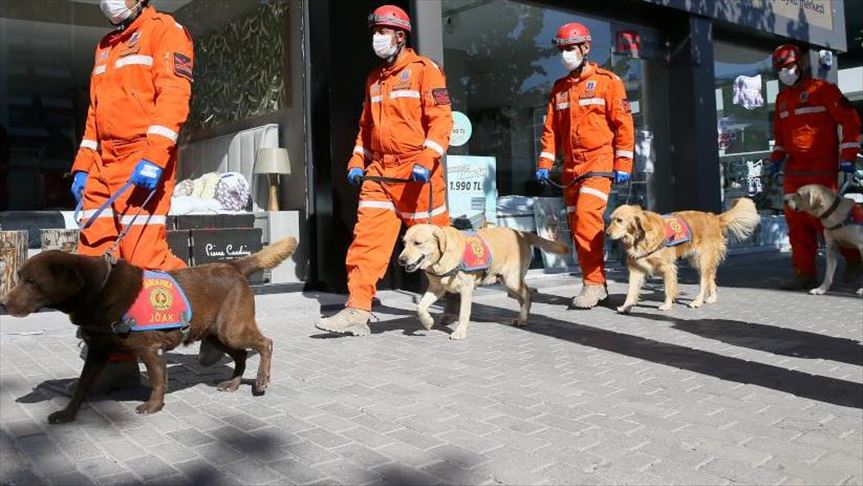
Rescue teams from around the world, as well as Turkish rescuers and ordinary citizens, are looking for any remaining signs of life in the devastated areas.
But they are not fighting alone. They are accompanied by their loyal “friends,” who have a hundred thousand times better sense of smell, and can climb, dig, and run much faster than even the best rescuer in the world.
More than 100 trained rescue and search dogs are currently deployed in Turkey and Syria with the primary goal of locating survivors among the rubble.
Unfortunately, their work will be cut short when the dogs trained to “sniff out” death arrive.
Almost all of the rescue teams currently operating in Turkey and Syria are accompanied by dogs. Greece has sent three rescue dogs, while Mexico has sent 16 rescue dogs with their trainers, as have Croatia and Switzerland, which have sent 10 and 14 dogs, respectively.
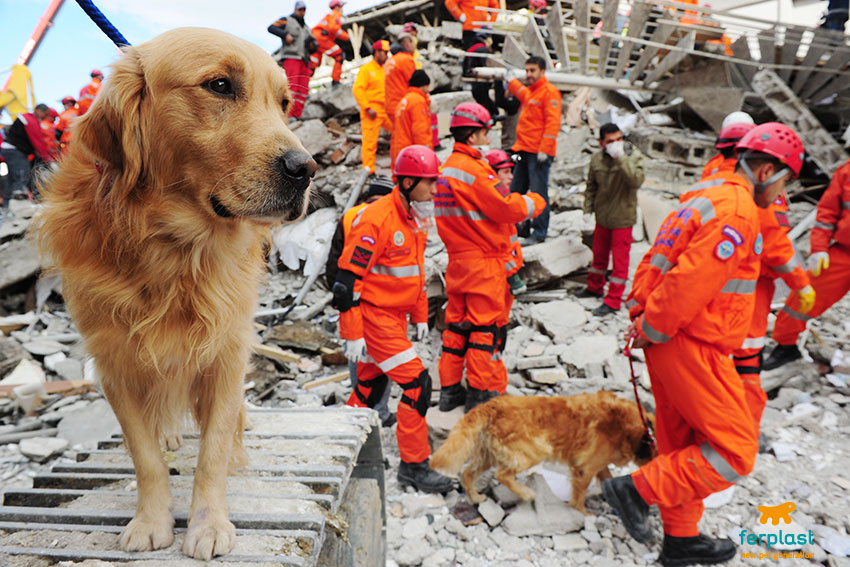
How they are trained
“EMAK dogs begin training at the age of 5 months. They do not belong to a specific breed because each dog is unique. Malinois are wonderful dogs, but they can be a handful at times. German Shepherds and Labradors are both extremely obedient. Male dogs have more stamina in general, but females are more intelligent “According to sources from the NPC, their training is done in stages.
Also, the training takes place in ruins, where the dogs search for their trainers, who usually carry a ball in their hands.
“The entire process is done through play, and the training is implemented in different buildings each time. The service heads evaluate the dogs and their trainers every six years,” according to EMAK sources.
A half-hour dog search is equivalent to a three-hour human walk
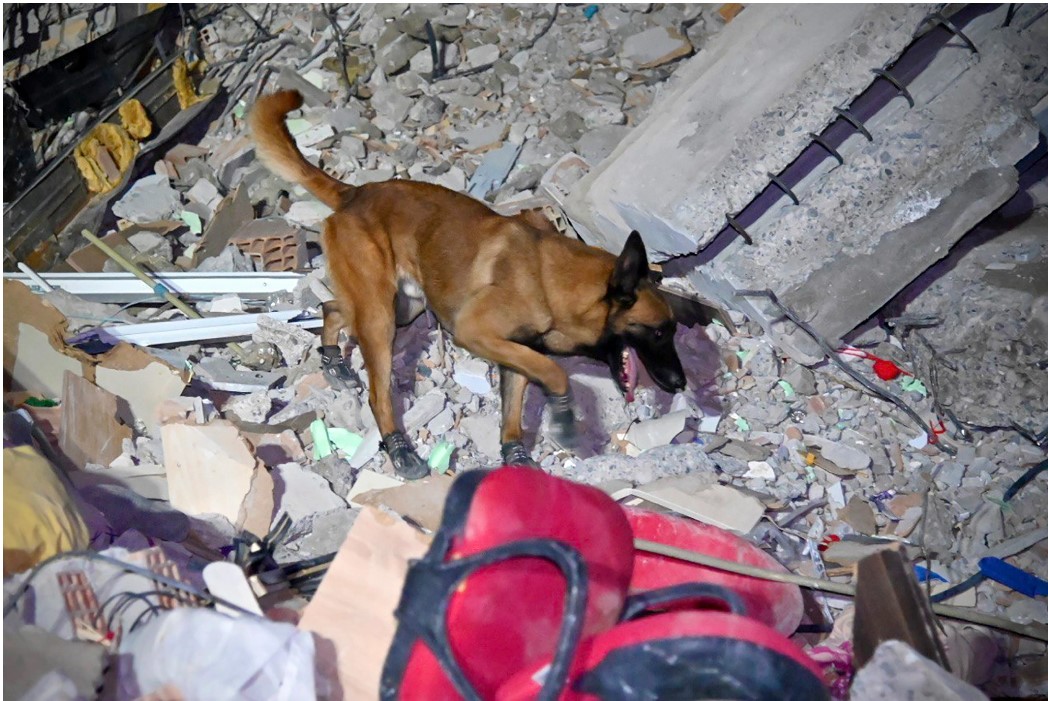
The use of dogs in rescue missions is critical, as studies have shown that half an hour of searching by a dog is equivalent to three hours of walking by a human.
Working dogs, on the other hand, have 100,000 times more sensitive sense of smell than humans due to the 300 million relative receptors in their noses (we have about 6 million).
They even have a special organ called the Jakobson organ, as do most animals. It is situated behind the palate and aids in the detection of hormones, pheromones, and other chemicals released by the body.
However, just because a dog has a good sense of smell does not automatically qualify it to participate in a rescue mission. It takes years of training to participate in such operations.
